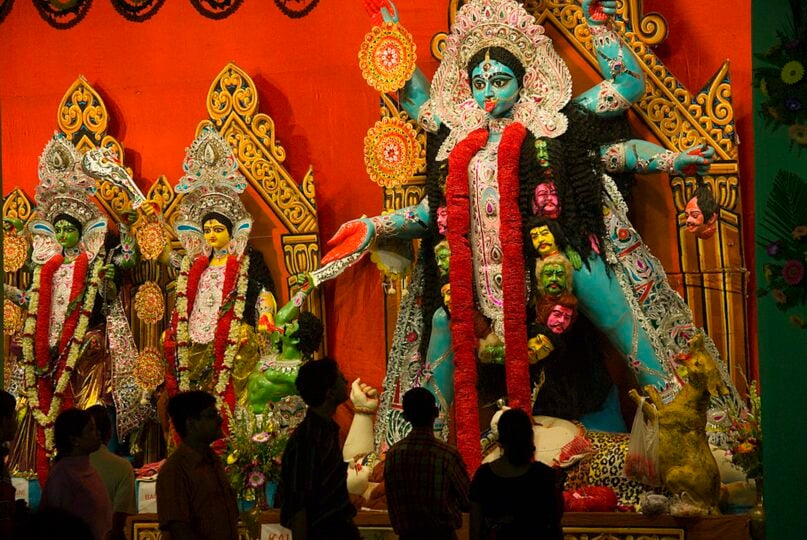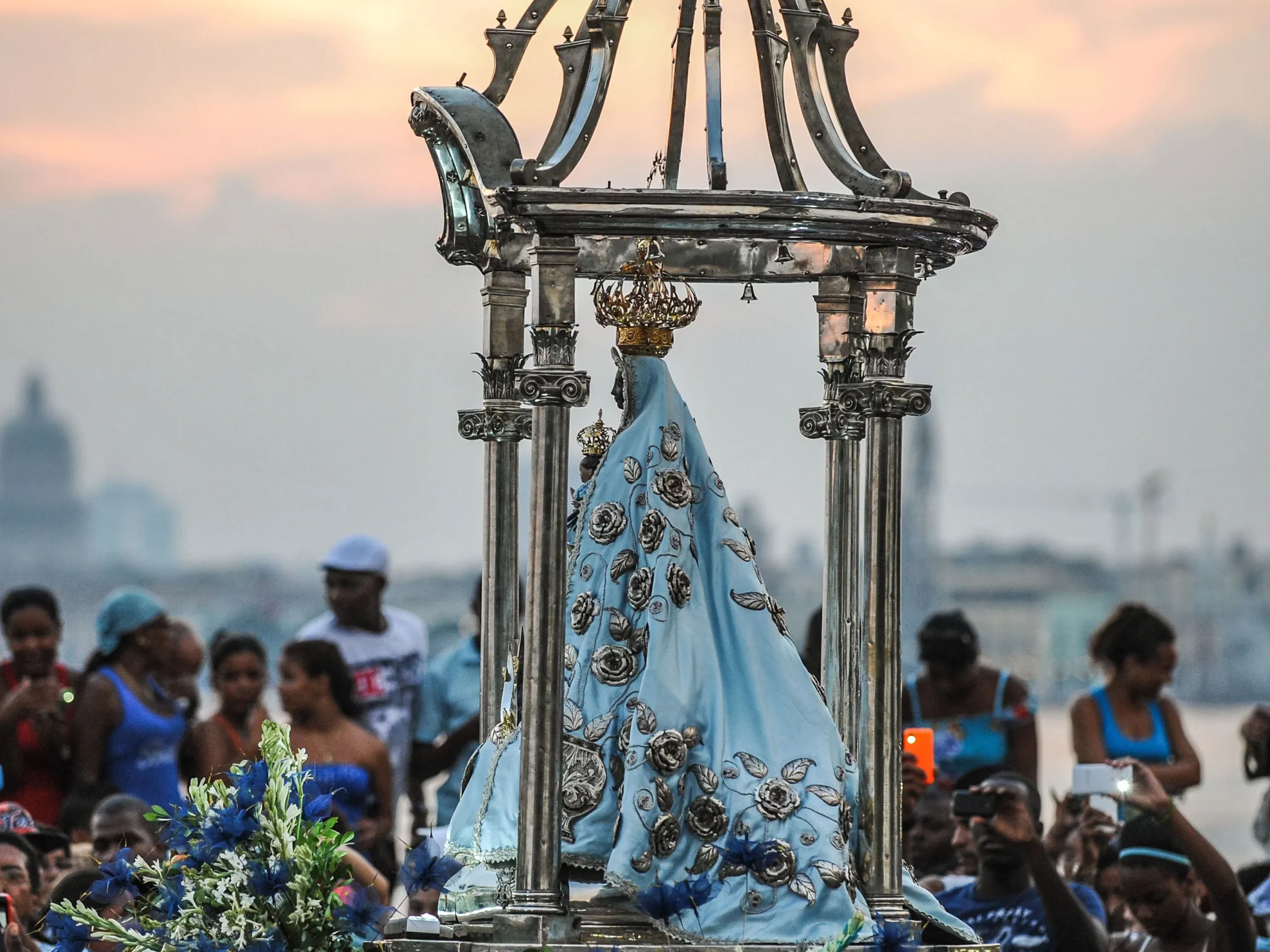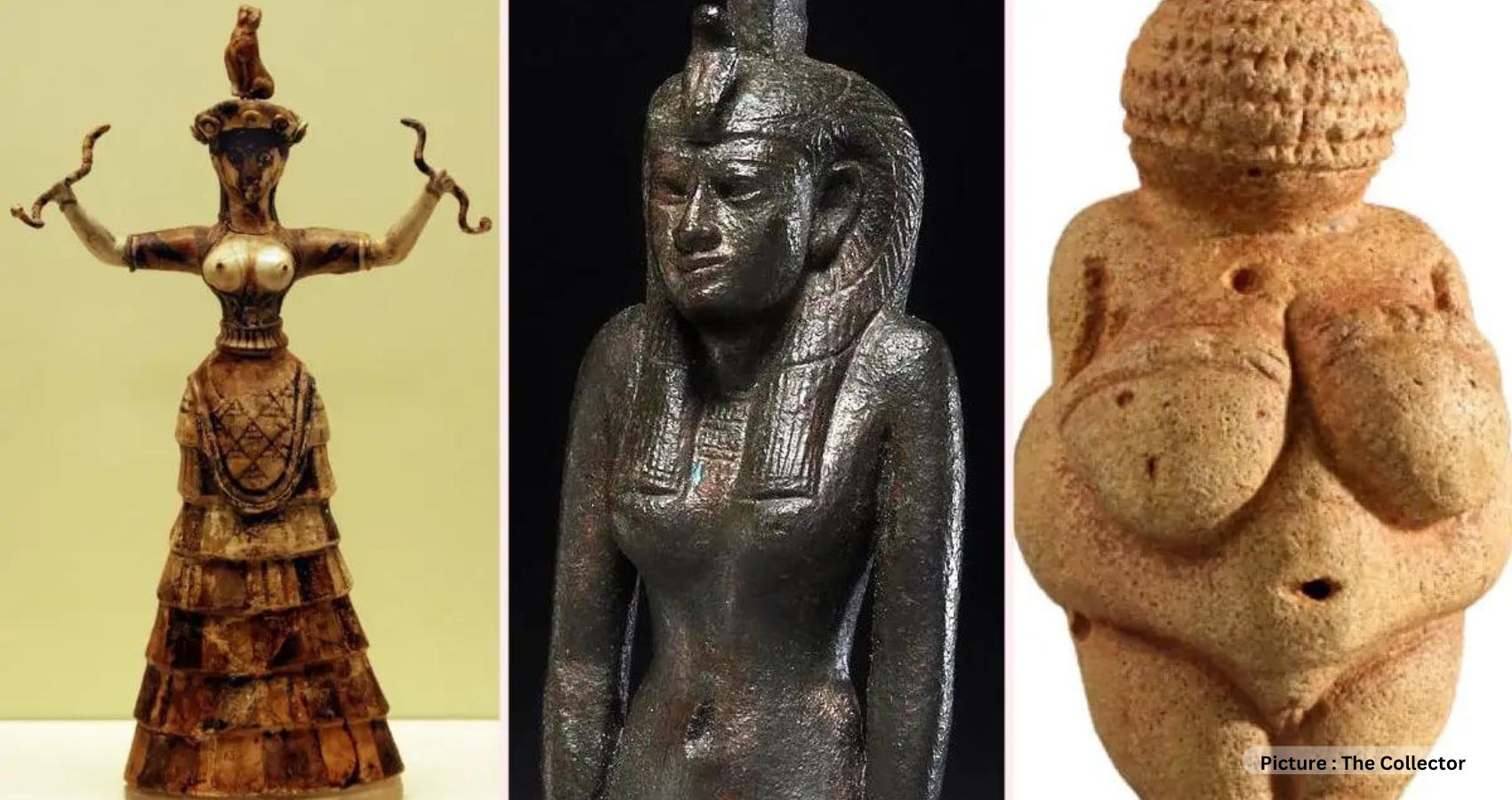As Mother’s Day approaches, numerous organizations will host special events or services to commemorate the occasion. Mother’s Day was first established in 1908 at Andrews Methodist Episcopal Church in West Virginia and gained national recognition in the United States in 1914. The holiday’s mid-May timing has become popular worldwide, although various countries continue to observe their own dates and customs.

Religions across the globe utilize these occasions to acknowledge the significance of diverse forms of nurturing, ranging from traditional celebrations to events that recognize modern parenting, fertility challenges, or the grief of losing a child. However, motherhood and nurturing are not solely honored on specific days. Many religious traditions incorporate goddess-centered practices that regard multiple aspects of the divine feminine as central to their belief systems.
As a professor of religious studies who travels with students to explore different cultures and practices worldwide, I’ve frequently observed their fascination with the diverse goddess traditions we come across.
Asian Traditions
Guan Yin, known by several name variations, is venerated as the goddess of compassion and mercy in numerous Eastern traditions. Interestingly, she originated as a male bodhisattva named Avalokiteshvara before being adapted into a goddess figure in various cultures worldwide. Referred to as Kannon in Japan and Quan Am in Vietnam, she is often the center of temple worship and is considered the protector of sailors and a goddess of fertility.
In Hinduism, one of the most famous yet frequently misunderstood goddesses is Kali. Often perceived as a frightening figure, she is depicted wielding multiple weapons and adorned with garments made from severed heads and arms. However, Kali also embodies a vital motherly role, channeling her fierceness into nurturing and defending all creation. As a manifestation of Shakti’s primal force, Kali essentially encompasses all facets of motherhood, often displaying simultaneous care, love, and ferocity.
The Triple Goddess

Neopaganism, a collective term for various new religious movements prevalent in the United States, Australia, and Europe, often features goddess figures as central figures. Neopaganism’s multiple branches include Wicca and Hellenic reconstructionism, which focuses on the gods and goddesses of Ancient Greece.
The triple goddess, representing the three aspects of maiden, mother, and crone, holds significant importance for many Neopagans. Sometimes, these goddess figures are based on specific ancient deities like Persephone, Demeter, and Hekate, while other times they are worshiped more broadly as symbols of different life stages.
In recent years, these traditions have been deliberately evolving to challenge notions of gender essentialism and embrace a variety of identities. For some Neopagans, examining the meanings of femininity and masculinity in today’s society is a crucial aspect of their religious beliefs and a way to include individuals who have felt excluded from other religious communities.
Goddess-The Beyond
Numerous other religions hold mother figures in high esteem, even if they are not worshiped or regarded as goddesses. Khadija, Prophet Muhammad’s wife and the first convert to Islam, bears the title “Mother of the Believers,” reflecting her significance in shaping the religion. Devotion to Mary, Jesus’ mother, has been widespread throughout Christianity’s history and continues to be popular today. In Judaism, the concept of “Shekinah” has had a profound impact on some feminist thought. Instead of representing a single woman or female figure, Shekinah is viewed as the feminine aspect of the divine, embodying God’s wisdom on Earth.
Nurturing and compassion are central themes across various religions, whether represented by specific goddess figures, feminine archetypes, or new religious developments that embrace evolving notions of gender.











